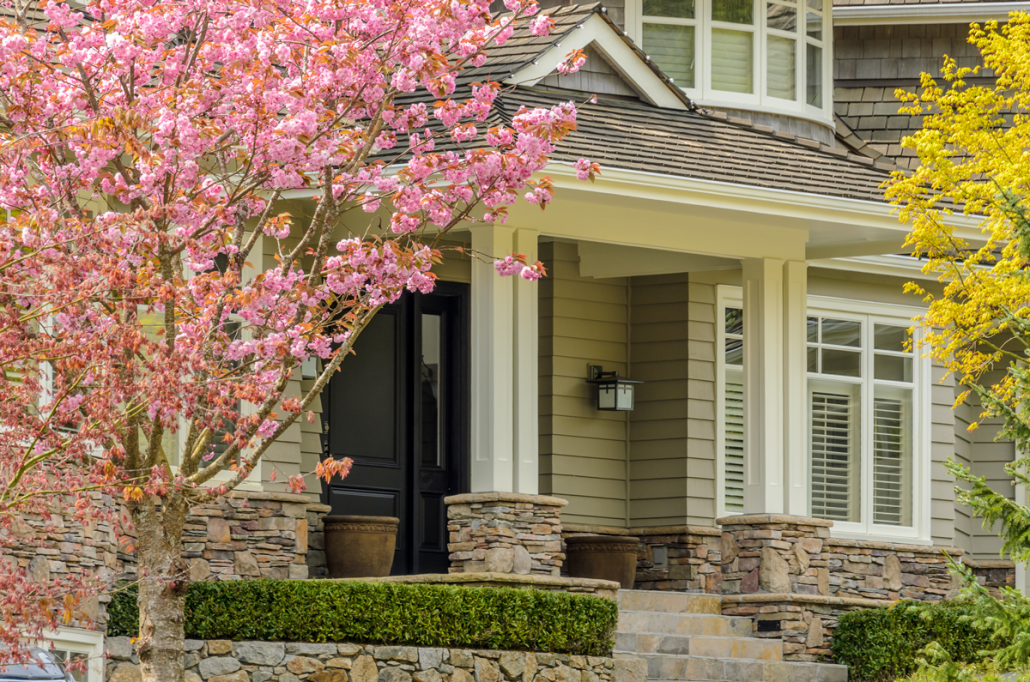Fighting Dangerous Radon Gas in the Home

It’s a little-known fact that the second-leading cause of lung cancer is radon gas exposure. Sadly, radon causes an estimated 20,000 lung cancer deaths in the U.S. each year.
Radon is an unseen, unscented gas. Unless they have their homes tested, most homeowners don’t know they’re living with dangerous levels of this element until it’s too late. For this reason, the Environmental Protection Agency (EPA) has named January National Radon Action Month – a time for people to have their homes tested for radon.
How does radon gas get into the home?
One of the most alarming truths about radon is that it’s naturally occurring. Radon gas is created by a breakdown of uranium in elements like soil, rock and water. That makes it easy for radon to ooze into the cracks and gaps in a home’s construction – and it doesn’t matter if the home is new, old, large or small. Every home has small openings in the floors, walls, pipes and wires, which means radon can enter them.
How does radon cause cancer?
The most common way for radon to be consumed is by breathing it in. However, it can also be swallowed in water. In both cases, people can become prone to developing advanced lung diseases, including lung cancer. And for smokers, the cancer risk after radon exposure is up to 10 times greater.
How can I find out if there’s radon in my home?
The only way to find out if your home has elevated radon levels is by testing it. You can hire a professional, certified radon tester or buy a DIY radon testing kit. Although both short and long-term kits are available, the Environmental Protection Agency advises that the accuracy of the long-term kit is more reliable.
How often should I test my home for radon?
A one-time radon test is not enough. Even if the first test does not detect dangerous levels, it’s important to repeat your home radon test every two years.
What do I do if my home has high radon?
If the test reveals that long-term radon exposure averages 4 picocuries per liter (pCI/L) or higher, it’s time to take action. Seal the cracks in the floors and walls, and improve ventilation though sub-slab depressurization with pipes and fans. To do this, having the help of a professional is key.
To learn more about preventing radon exposure in your home, call us today. We look forward to providing you more information.
Call the GuardMe Security Team Today
For information on upgrading glass break detectors and other home security equipment, contact GuardMe to request a no-obligation consultation.
Latest posts by Craig Metzger (see all)
- Who’s on the Front Porch When You’re Not There? - April 30, 2020
- When Summer Starts Early, Home Security Can Help - April 30, 2020
- Home Security in a Time of Social Distancing - April 13, 2020
